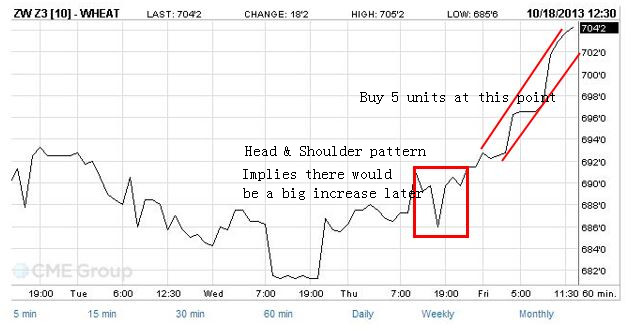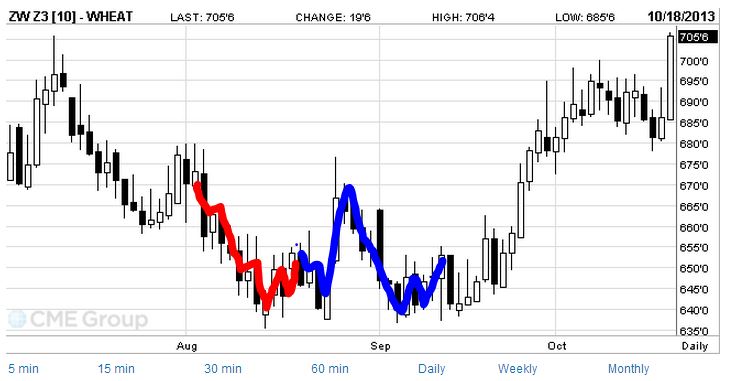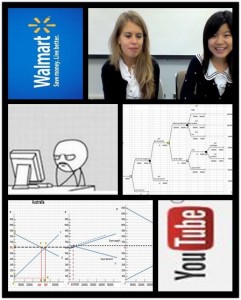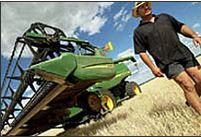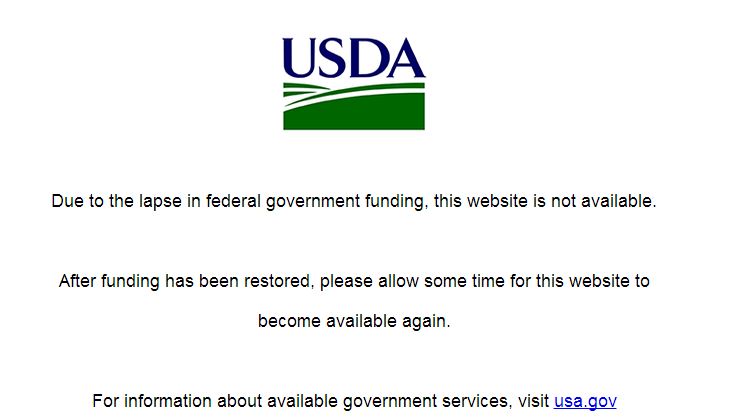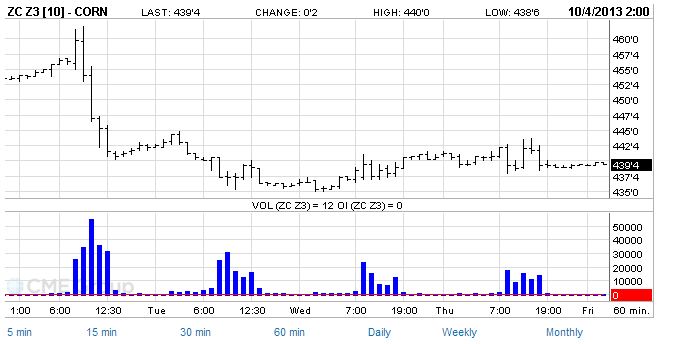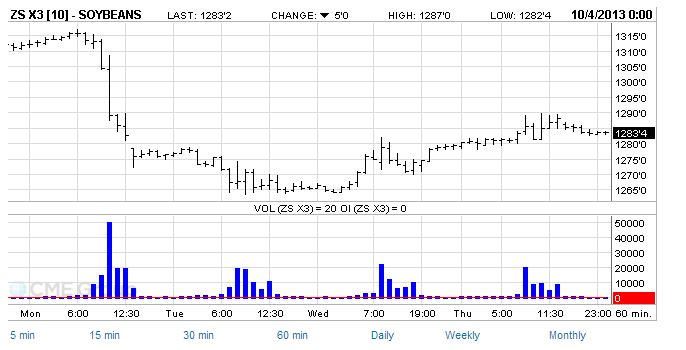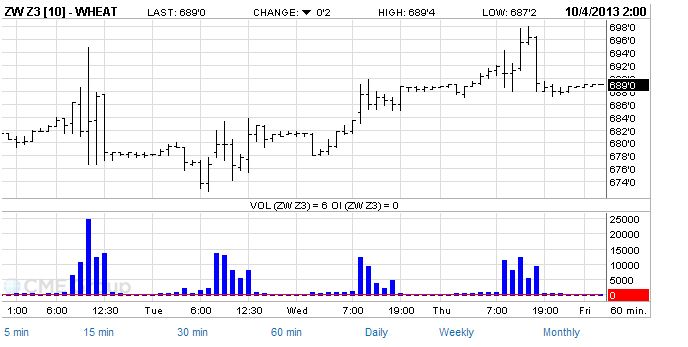Happy or Sad
I’ve experienced emotional ups and downs over last six weeks, what a interesting memory! At first, I thought this blog thing would be terribly difficult for me to complete, but as time goes by, I found it is a great stage to show our different ideas and colorful life. Besides, I’ve got confidence from this experience because you, my dear classmates, all pay a lot of patience reading blogs (endured my poor writing skills) and encourage me to write more detailed or academic ideas about trading. Thank you!
Here, one graph includes all my feelings during the game and we even witnessed a historical event in the U.S. history! (Click it to see details!)
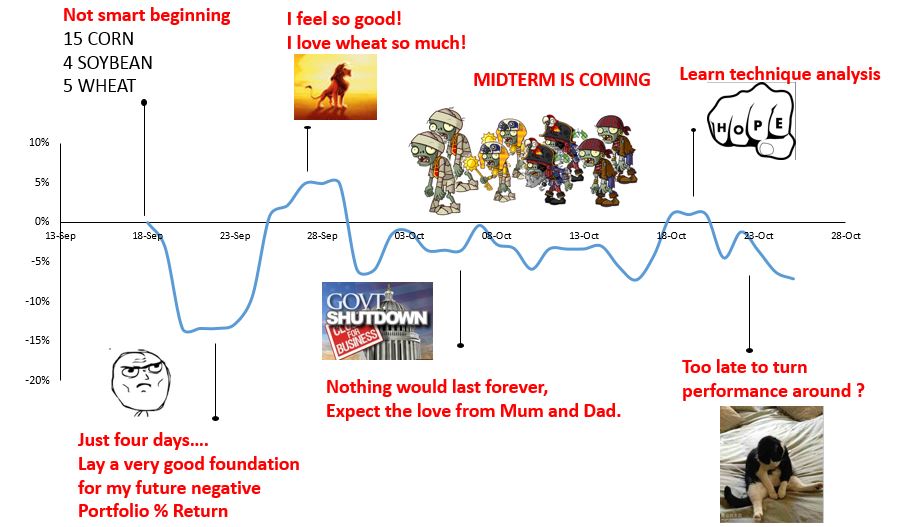
I mainly focused on three commodities: CORN, WHEAT and SOYBEAN. It turned out that without the theory I was gambling in the first few weeks and we only have six weeks in total! Kinda upset. Bad foundation made it really hard to turn my performance around.
Hey, do you like Plants vs Zombies? (Some critical thinking about the technical analysis)
Last year, every one in China especially teens was crazy about Plants vs Zombies. I found it is quite similar to our trading game. So I created this, do you wanna play?
It is a game requires strategies and in the survival mode it need players to change their arrangement of plants according to the different kinds of zombies. Quite alike our trade game, right?
The way you arrange the plants is more like the way you trade using technical analysis. First, you should know the features of different plants, in trade game, it is called technique methods, in order to find the best suitable arrangement. Second, zombies in different kinds and numbers come randomly, like the changes in futures market. Weather, natural disasters, demand and supply situations all will result in the fluctuations in price, which is difficult to predict.
Good players are always rich in their experience in the game. You can find the best way to perform after playing the same scenario many times. But it is different in the real-world trading game. In fact, I treat technical analysis as a summary of historical performance of the market data. As we learnt in 585, there is no guarantee for any forecasting method to be accurate in the future since they all based on the historical data.
So when I always found one technical analysis actually works after the fact have happened already. There is a serious lag between theory and reality. This also explains that why we are often unsure about our strategy and afraid of being wrong. At last, it usually turn out that we are regret about “I should have done this!”
The only way I can think of to overcome this uncertain feel is to trade a lot and aggregate the experience as much as possible, that is to say, get familiar with different kinds of market performance. It needs time.
Could I say this again? “Good luck with trading next week!”
P.S. the most important thing I learnt from this great game is always be positive. Attitudes can change things!
Enjoy the weekend!
Mia




